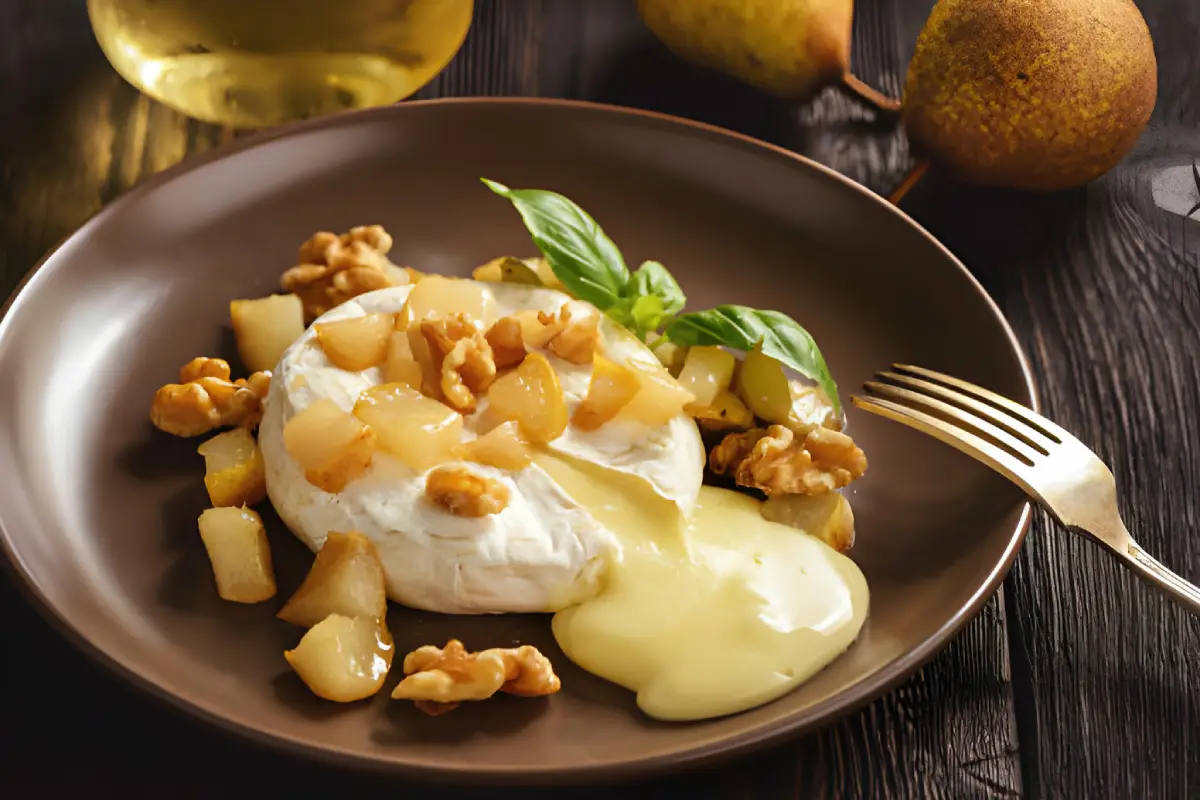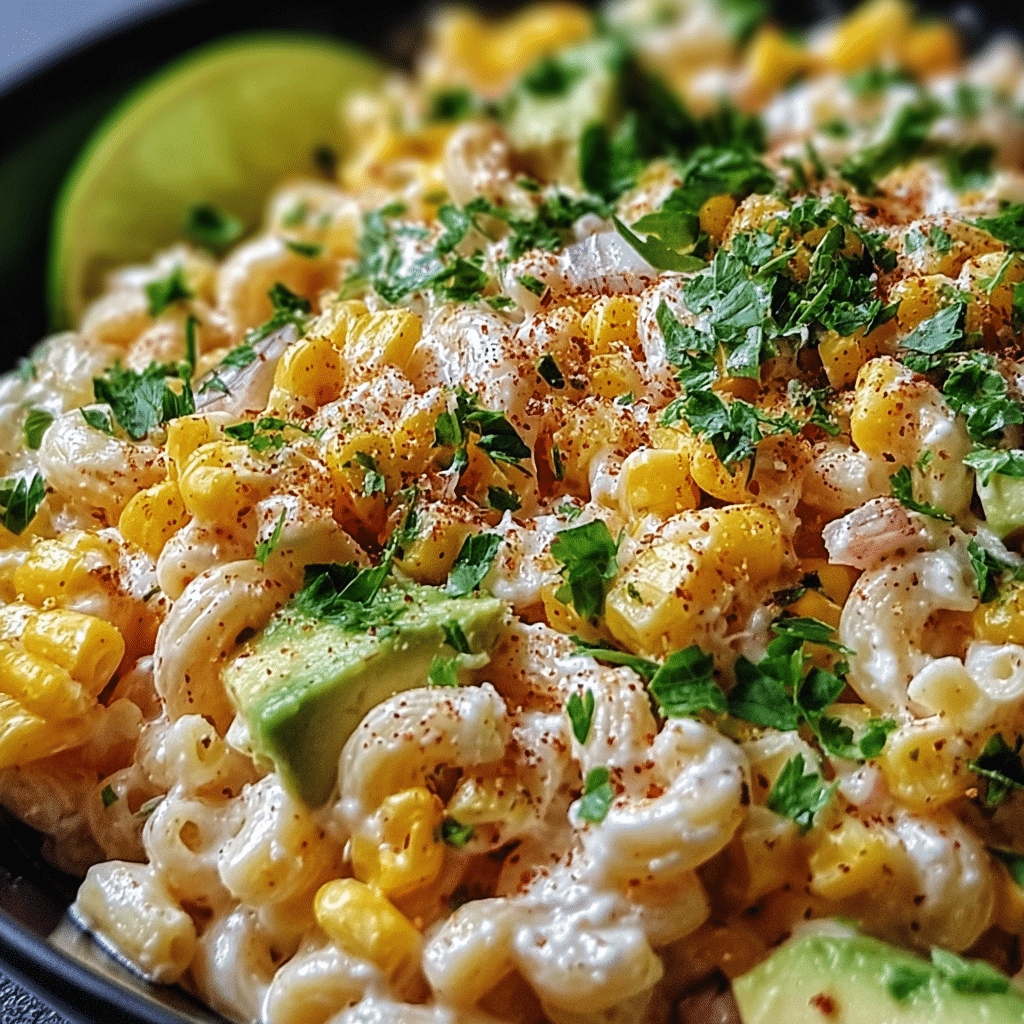Introduction to Pear Recipe
Pears, with their sweet flavor and versatile nature, stand as a testament to the richness of nature’s bounty. Whether you’re looking into a simple snack or an elaborate dessert, pears can be your go-to ingredient for a touch of sweetness and sophistication. In this article, we’ll explore the various facets of pear recipes, from their seasonal availability to the wide variety of types you can use in your cooking.
The Versatility and Sweetness of Pear Recipe
Pears are incredibly versatile, making them perfect for a range of dishes. You can bake, poach, grill, or eat them fresh. Their sweetness enhances both savory and sweet dishes, adding a layer of complexity to every bite. Pears blend beautifully with spices like cinnamon and nutmeg, making them a favorite in autumn and winter recipes. For a deep dive into pear varieties and how to use them, check out our comprehensive guide on cooking with different types of pears.
Seasonal Availability and Variety
The seasonal availability of pears makes them even more special. While some varieties are available year-round, the best flavors come from those harvested in their peak seasons. From the crisp Bartlett to the buttery Anjou, each variety offers a unique taste and texture suited for different recipes. Understanding the seasonality and characteristics of each type can elevate your cooking, allowing you to create dishes that resonate with the freshness of the season. For inspiration on seasonal dishes, explore our collection of seasonal pear recipes.
Pears are not just a fruit; they are a journey through seasons, flavors, and culinary creativity. Whether you’re a seasoned chef or a home cook, the world of pear recipes is vast and ripe for exploration. Dive into the sweetness and versatility of pears, and let them inspire your next culinary masterpiece.
Pear Selection and Preparation Tips
When it comes to cooking with pears, selecting the right type and knowing how to prepare them can make all the difference in your dishes. From sweet desserts to savory sides, pears can elevate your culinary creations with their unique flavors and textures. Here are some essential tips for choosing, storing, and preparing pears for various recipes.
Choosing the Right Type of for Different Pear Recipes
- Texture and Flavor: Understand the texture and flavor profile of different pear varieties. For instance, Bartlett pears are great for canning and baking, while Bosc pears hold their shape well, making them ideal for poaching.
- Seasonality: Select pears based on their seasonality to ensure the best flavor and quality. Fall and winter are prime seasons for many pear varieties.
- Recipe Suitability: Match the pear type with your recipe’s requirements. Use soft, sweet pears for purees and firmer varieties for dishes that require slicing or dicing.
Storage and Ripening Techniques
- Ripening: Pears ripen off the tree, so if you buy them hard, leave them at room temperature to ripen. Check for ripeness by gently pressing near the stem; it should yield slightly.
- Storage: Once ripe, pears can be stored in the refrigerator to slow down ripening. This is ideal for extending their shelf life for a few more days.
Preparing Pears for Cooking
- Washing: Always wash pears under cold water before cooking or eating.
- Peeling: Peel the skin if your recipe calls for it, though many nutrients are in or just beneath the skin.
- Core and Slice: Use a corer to remove the core, and slice or dice as your recipe requires.
By following these tips, you can maximize the flavor and texture of pears in your cooking, making every dish a delightful experience. For more detailed guides on pear varieties and seasonal recipes, explore our fruit and vegetable guide.
Salad Pear Recipe
Discover the crisp and refreshing taste of pear salads with our delightful recipes. Pears add a sweet touch to salads, making them irresistible to anyone looking for a blend of flavors and textures. Below, we dive into a classic recipe that combines the sweetness of pears with the bold flavors of blue cheese and bacon, all balanced with the bitterness of radicchio and endive.
Radicchio and Endive Salad with Pears, Blue Cheese, and Bacon
This salad is a perfect harmony of flavors, featuring:
- Crisp pears: Their sweetness cuts through the salad’s savory elements.
- Radicchio and endive: These bring a pleasant bitterness that complements the pears.
- Blue cheese: Adds a creamy, tangy depth.
- Bacon: Offers a smoky, salty crunch.
Ingredients
- 1 head radicchio, torn into bite-sized pieces
- 2 endives, sliced
- 2 ripe pears, cored and sliced
- ½ cup crumbled blue cheese
- 4 slices bacon, cooked and crumbled
- For the dressing:
- 3 tablespoons olive oil
- 1 tablespoon balsamic vinegar
- 1 teaspoon honey
- Salt and pepper to taste
Preparation Method
- In a large salad bowl, combine the radicchio and endive.
- Top with sliced pears, crumbled blue cheese, and bacon.
- In a small bowl, whisk together the olive oil, balsamic vinegar, honey, salt, and pepper.
- Drizzle the dressing over the salad and gently toss to combine.
- Serve immediately, enjoying the blend of sweet, salty, and bitter flavors.
This pear salad recipe is not just a dish but a celebration of textures and tastes. The sweetness of the pears perfectly balances the bitterness of the greens and the salty, creamy notes of the blue cheese and bacon. It’s a testament to the versatility of pears in enhancing the flavors of a meal.
For more inspiration on using pears in your cooking, explore our collection of pear recipes. Whether you’re looking for something sweet or savory, pears can add a unique twist to your dishes.
Pear Main Dishes: Sautéed Pork Chops with Pears and Sage
Pears can transform a simple main dish into something truly extraordinary. The combination of sautéed pork chops with pears and sage brings a sweet and savory flavor that’s hard to resist. This dish not only tantalizes your taste buds but also adds a touch of elegance to your dinner table.
Ingredients
To prepare this delightful dish, you will need:
- 4 bone-in pork chops, about 1 inch thick
- 2 ripe but firm pears, cored and sliced
- A handful of fresh sage leaves
- 2 tablespoons olive oil
- 2 tablespoons unsalted butter
- Salt and freshly ground black pepper to taste
- 1/4 cup dry white wine or chicken broth
Cooking Instructions
- Season the Pork Chops: Generously season both sides of the pork chops with salt and pepper.
- Sear the Pork Chops: In a large skillet, heat the olive oil over medium-high heat. Add the pork chops and sear until golden brown on both sides, about 3-4 minutes per side. Remove the pork chops from the skillet and set aside.
- Cook the Pears: In the same skillet, add the butter, sliced pears, and sage leaves. Sauté until the pears are just tender, about 5 minutes. Season with a pinch of salt and pepper.
- Deglaze: Pour in the white wine or chicken broth to deglaze the pan, scraping up any browned bits from the bottom of the skillet. Allow the liquid to reduce by half.
- Combine and Serve: Return the pork chops to the skillet, nestling them among the pears. Cook for an additional 2-3 minutes, or until the pork chops are cooked through.
This sautéed pork chops with pears and sage recipe is a perfect example of how pears can elevate a simple dish into a gourmet experience. For more pear-inspired dishes, explore our collection of pear recipes, where you’ll find everything from appetizers to desserts.
Pear and Sun-dried Cranberry Crumble
Indulge in the warmth and sweetness of a Pear and Sun-dried Cranberry Crumble, a dessert that perfectly marries the softness of pears with the tartness of cranberries, all under a crispy, golden topping. This dessert is not just a treat for the taste buds but also a feast for the senses, with its vibrant colors and comforting aroma. Below, find the ingredients and baking instructions to create this delightful dessert.
Ingredients
- 3 large ripe pears, peeled, cored, and sliced
- 1/2 cup sun-dried cranberries
- 1 tablespoon granulated sugar
- 1 teaspoon cinnamon
- 1 cup all-purpose flour
- 3/4 cup rolled oats
- 1/2 cup brown sugar, packed
- 1/2 teaspoon salt
- 1/2 cup unsalted butter, chilled and cubed
- Vanilla ice cream, for serving (optional)
Baking Instructions
- Preheat your oven to 350°F (175°C).
- In a mixing bowl, combine the sliced pears, sun-dried cranberries, granulated sugar, and cinnamon. Toss gently to mix and then transfer to a greased 9-inch baking dish.
- In another bowl, mix the all-purpose flour, rolled oats, brown sugar, and salt. Add the cubed butter and use your fingers or a pastry blender to mix until the mixture resembles coarse crumbs.
- Sprinkle the crumb mixture evenly over the pear and cranberry mixture in the baking dish.
- Bake in the preheated oven for about 45 minutes, or until the topping is golden brown and the pears are tender.
- Serve warm, ideally with a scoop of vanilla ice cream on top.
This Pear and Sun-dried Cranberry Crumble is a testament to the versatility of pears in desserts, offering a balance of flavors that can complement any meal. For more pear-inspired desserts, explore our collection of pear dessert recipes.








